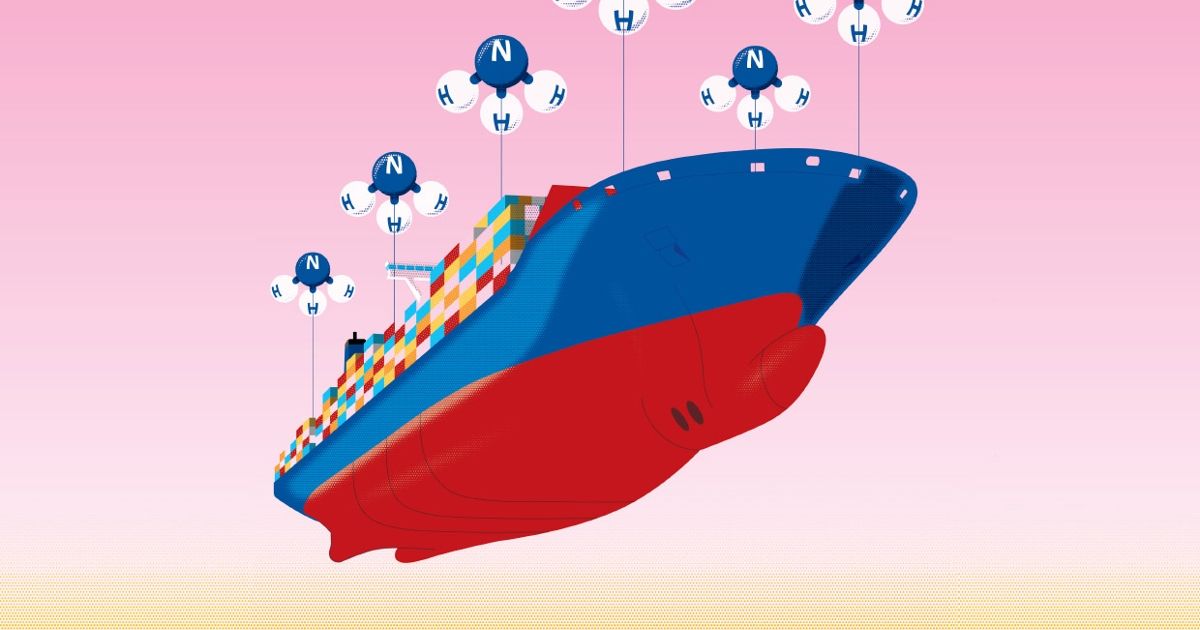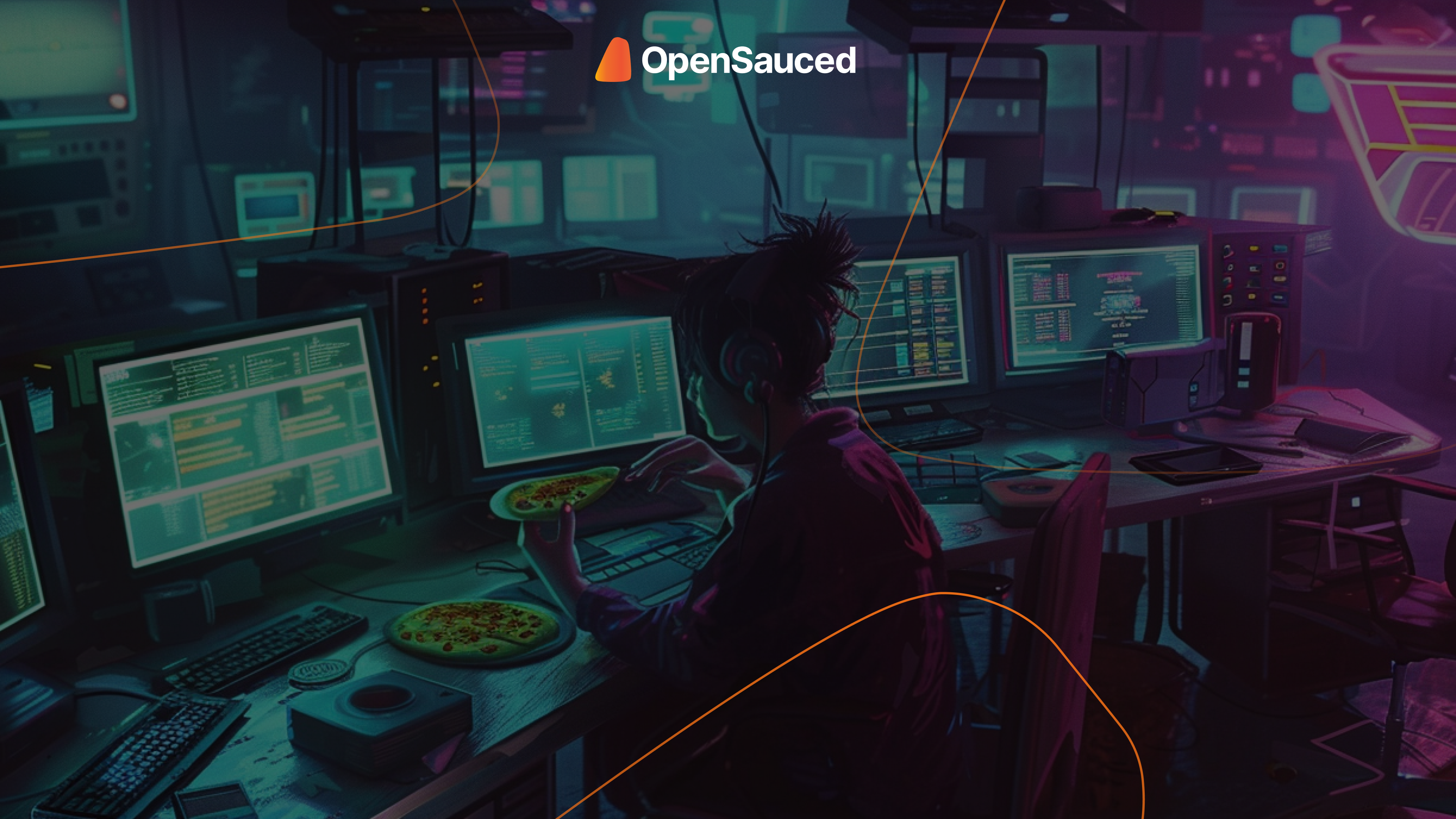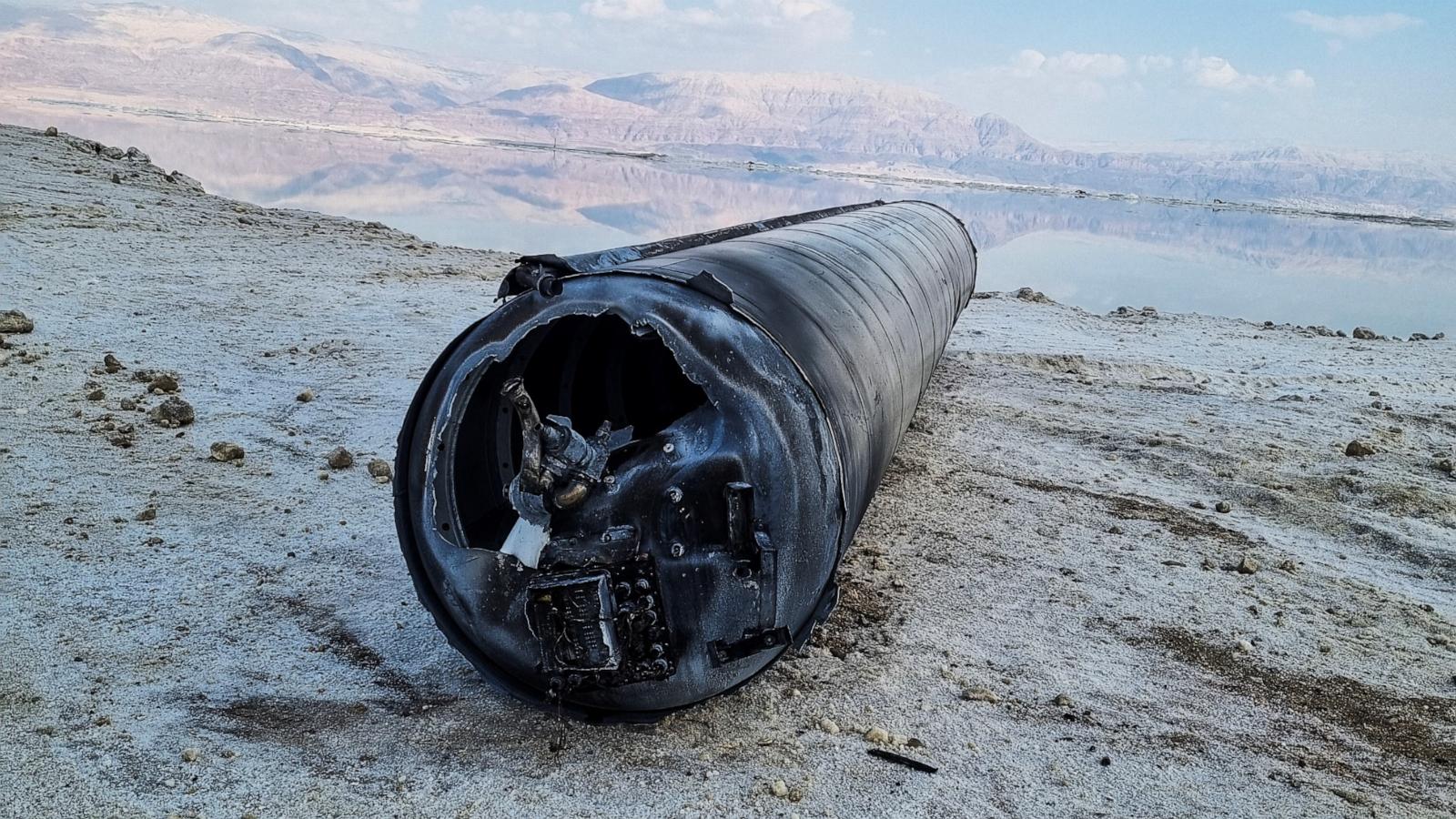
Why the Shipping Industry Is Betting Big on Ammonia
There’s a lot to like about ammonia. This colorless fuel emits no carbon dioxide when burned. It’s abundant and common, and it can be made using renewable electricity, water, and air. Both fuel cells and internal combustion engines can use it. Unlike hydrogen, it doesn’t have to be stored in high-pressure tanks or cryogenic dewars. And it has 10 times the energy density of a lithium-ion battery.
For all these reasons, ammonia (NH3 ) is gaining favor in the global shipping industry, a multitrillion-dollar machine in need of cleaner fuels to power the freighters and tankers that haul manufactured goods and bulk materials across the ocean. Shipping companies seek climate-friendlier alternatives to petroleum that can propel their behemoth vessels for days or weeks at sea and still leave room on board for cargo.
Maritime shipping contributes nearly 3 percent of annual carbon-dioxide emissions, according to the International Maritime Organization (IMO), the United Nations body that regulates the industry. In 2018, delegates agreed to reduce emissions by 50 percent from 2008 levels by 2050. Meeting that target will require swift and widespread development of diesel-fuel alternatives and new designs for freighters, tankers, and container ships.






















